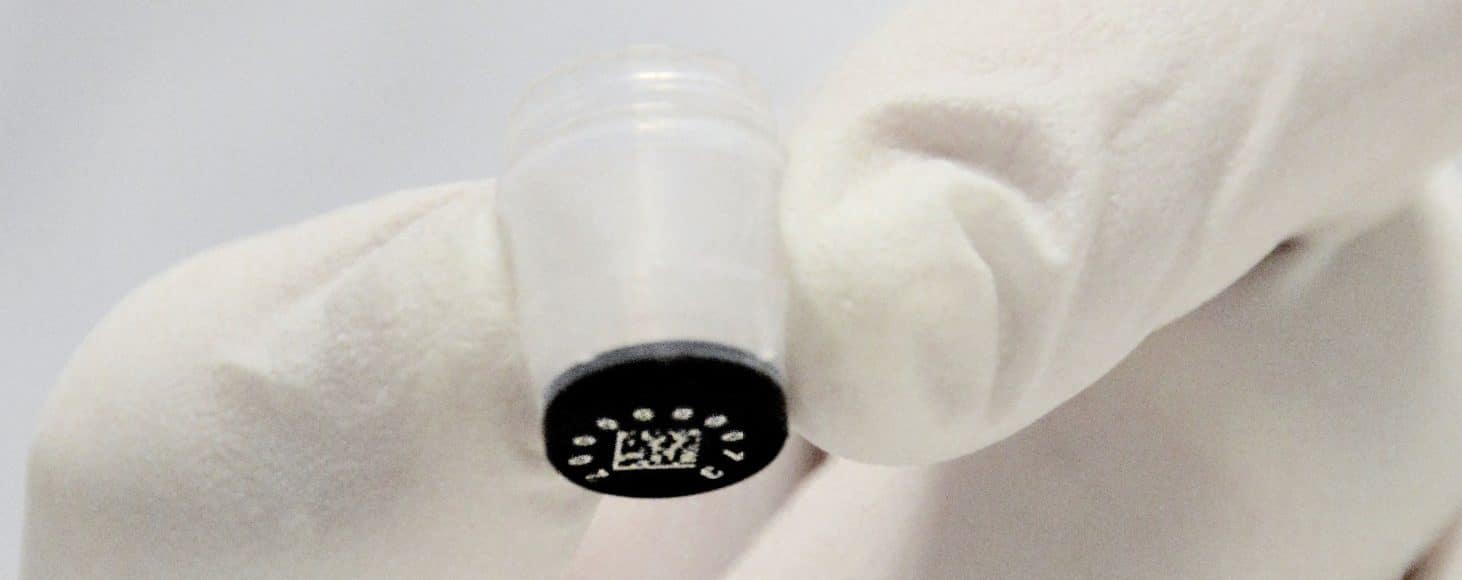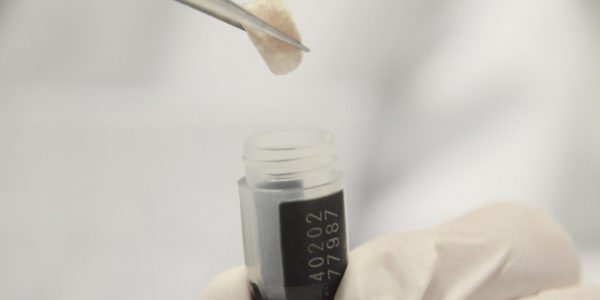

The importance of biopsy traceability
There are many reasons to use laser etched 2D coded tubes for the complete traceability of fresh frozen tissue samples. For example, 2D codes can prevent mislabeling and minimize the risk of the identification being separated from the sample. Also, 2D codes enable automated handling and storage; saving time and limiting human errors. The most important reason to use inseparable 2D code identification is to minimize the risk of mixing up biopsy samples between patients.[1]
Poor sample identification can have painful consequences for patients. An article from the New York Times shows this effect on a patient, who was told that a biopsy of his prostate was positive for cancer. This turned out not to be true. The lab had mixed up his biopsy with someone else’s. According to this article “there is no comprehensive data on how often pathology labs mix up cancer biopsy samples, but a few preliminary studies suggest that it may happen to thousands of patients each year.” [2]
To help laboratories prevent this situation, sample storage solution providers like Micronic offer 2D coded tubes and 1D barcoded racks to maximize tissue sample traceability. Micronic’s 2D Data-Matrix codes are permanently laser-etched into the tube bottom so that they can never wear or fall off, and due to the patented 2K injection molding technique the black code surface cannot be separated from the transparent tube. The 2D codes can be read after extreme abrasion and submerging into several chemicals. The excellent results of the 2D Data-Matrix codes confirm the capability of mechanical and chemical resistance guaranteeing reliable sample identification during handling and long-term storage.[3] In addition, durable code reading equipment is available to offer a high-end solution for scanning whole racks with 2D Data-Matrix coded tubes.
Plasmid repository Addgene gives some helpful tips for barcoding and tracking samples and commented: “The 2D coded tubes are scanned into our Laboratory Information Management System (LIMS), a database we use to keep track of and manage all of the samples that come through our doors. It would be a nightmare if we didn’t have a simple way to track all of our 40,000 samples available for distribution!”[4]
[1] Grizzle, William E., Walter C. Bell, and Katherine C. Sexton. “Issues in collecting, processing and storing human tissues and associated information to support biomedical research.” Cancer Biomarkers 9.1-6 (2011): 531-549.
[2] Kolata, G. (2017, June 26). The Lab Says It’s Cancer. But Sometimes the Lab Is Wrong. The New York Times, p. D1. Retrieved from https://www.nytimes.com/2017/06/26/health/the-lab-says-its-cancer-but-sometimes-the-lab-is-wrong.html
[3] Micronic. (2015). Code Resistance Performance Of laser-etched versus ink 2D based codes. Retrieved from https://micronic.com/tech-notes/
[4] Hazen, A. [Amanda H]. (2015, October 6). Tips from the Repository Trenches: Using Barcodes to Track Samples [Blog post]. Retrieved from http://blog.addgene.org/tips-from-the-repository-trenches-using-barcodes-to-track-samples

